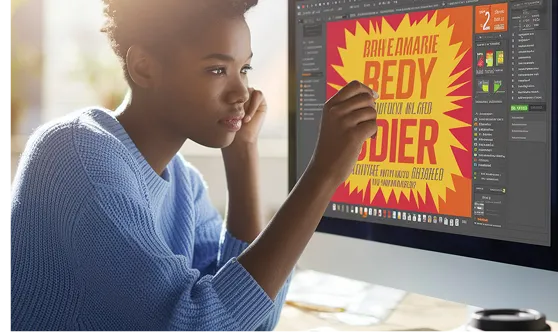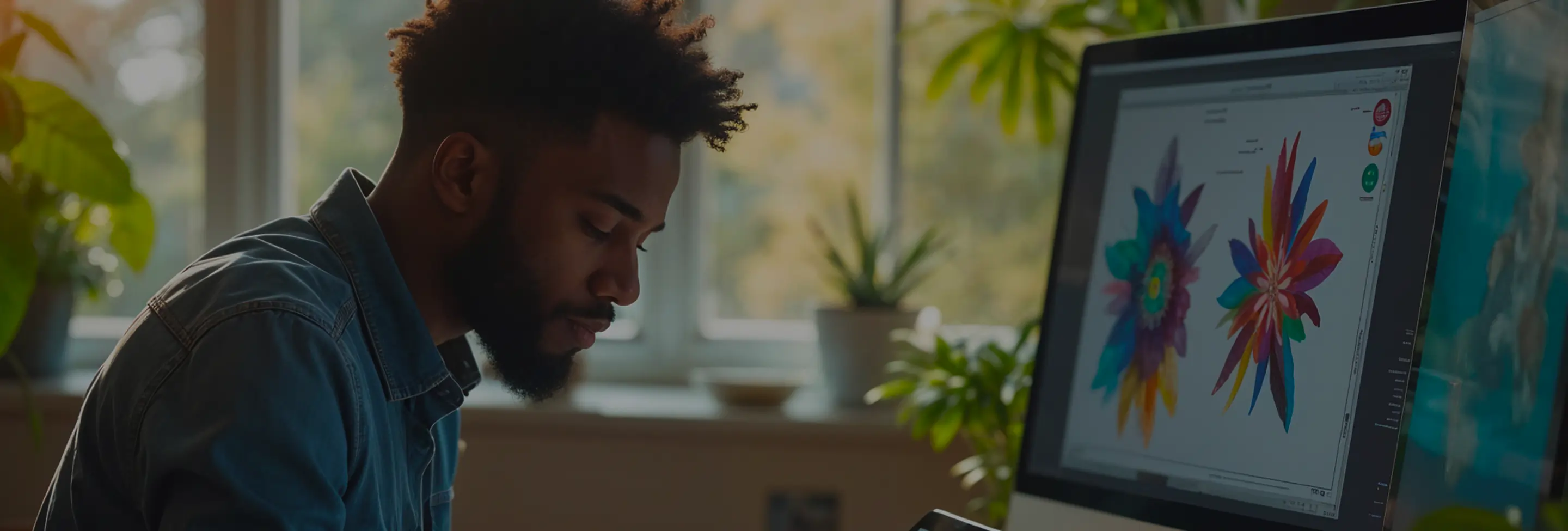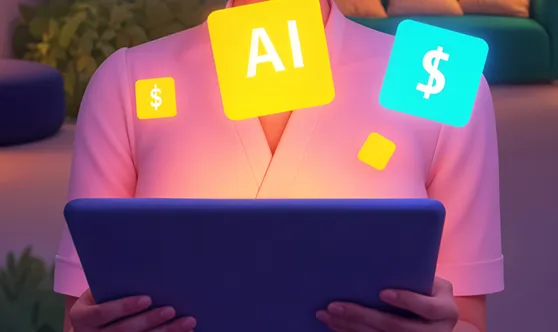
Our analysis of over 2,000 startup video editing projects uncovered the top 10 misconceptions that hinder efficiency and creativity. By dissecting these prevalent myths, we provide actionable insights to streamline your editing workflow and elevate your content quality.
A: Expensive equipment is not a prerequisite for professional-quality video production. Many successful startups achieve high-quality results using mid-range cameras and editing software. The key factors are understanding your tools and optimizing their use.
Example: A startup used a DSLR camera like the Canon EOS Rebel instead of high-end models, coupled with free editing software like DaVinci Resolve, to produce polished marketing videos that boosted their brand presence.
Common Misconception: Professional quality equals expensive gear.
Actionable Solution: Focus on mastering the equipment you have. Invest in quality lighting and audio equipment, which often have a more significant impact on video quality than the camera itself.
A: High-quality videos can be created with affordable or even free editing software. Programs like Adobe Premiere Pro, Final Cut Pro, and free alternatives like DaVinci Resolve offer robust features that meet professional standards.
Example: A startup leveraged DaVinci Resolve’s advanced color grading tools without incurring hefty software costs, allowing them to produce visually stunning content on a tight budget.
Common Misconception: Only costly software provides the necessary features for professional editing.
Actionable Solution: Evaluate your project needs and choose software that offers the best features within your budget. Many free tools are sufficiently powerful for most startup requirements.
A: A large team is not essential for managing video editing projects. Small, skilled teams or even solo editors can handle high-quality projects efficiently with proper workflow management and the right tools.
Example: A solo entrepreneur used project management software like Trello and collaborative tools like Google Drive to manage and execute video editing tasks effectively, minimizing the need for a larger team.
Common Misconception: Bigger teams ensure better project management and output quality.
Actionable Solution: Streamline your workflow with efficient project management tools and prioritize skill development within your existing team to enhance productivity.
A: While manual editing allows for greater customization, automated tools can significantly speed up the editing process without severely compromising quality. The best approach often combines both methods.
Example: A startup utilized Adobe Premiere Pro’s automated scene detection to quickly organize footage, then applied manual tweaks to enhance specific segments, balancing efficiency with creative control.
Common Misconception: Automated tools produce inferior results compared to manual editing.
Actionable Solution: Use automated tools for repetitive or time-consuming tasks to free up time for manual editing where creativity and precision are required.
A: Higher resolution does not inherently guarantee better quality. Factors like lighting, framing, and camera settings play a crucial role in the overall video quality. Additionally, higher resolutions require more storage and processing power.
Example: A startup produced 4K videos with dim lighting and poor stabilization, resulting in low-quality output. Switching to 1080p with improved lighting and stabilization produced more visually appealing videos.
Common Misconception: Maximizing resolution is the sole way to enhance video quality.
Actionable Solution: Optimize all aspects of video production, including lighting, sound, and camera stability, rather than focusing solely on resolution.
A: Color grading is essential for achieving a professional and cohesive look in videos. It enhances visual storytelling by setting the tone and mood, making content more engaging.
Example: A startup used basic color correction and simple grading techniques in DaVinci Resolve, transforming bland footage into vibrant and emotionally resonant videos that attracted more viewers.
Common Misconception: Color grading is a non-essential step that can be skipped to save time.
Actionable Solution: Incorporate basic color grading into your editing process to enhance the visual appeal and consistency of your videos.
A: While viral videos can provide rapid exposure, they are not a sustainable strategy for long-term brand growth. Consistent, high-quality content that resonates with your target audience builds a loyal following over time.
Example: Instead of chasing viral trends, a startup focused on creating informative and valuable video content, resulting in steady audience growth and increased brand loyalty.
Common Misconception: Chasing viral content is the most effective way to grow your brand.
Actionable Solution: Develop a content strategy centered on delivering value and building relationships with your audience for sustained growth.
A: While professional voice-overs can enhance a video, they are not mandatory for every type of content. Authenticity can often be more effective, especially for startups aiming to build personal connections with their audience.
Example: A tech startup opted for in-house voice-overs, which conveyed a more genuine and relatable message, aligning better with their brand identity and audience expectations.
Common Misconception: Only professional voice-overs make videos credible and engaging.
Actionable Solution: Assess the nature of your content and brand voice to determine whether professional voice-overs are necessary or if authentic in-house narration better serves your goals.
A: Overusing advanced effects and transitions can distract viewers and detract from the message. Effective video editing focuses on clarity and storytelling rather than flashy effects.
Example: A startup initially overwhelmed their videos with excessive transitions, confusing viewers. Simplifying their edits to enhance narrative flow significantly improved viewer engagement and message retention.
Common Misconception: More effects and transitions lead to higher-quality videos.
Actionable Solution: Use effects and transitions sparingly and purposefully to support the narrative and maintain viewer focus.
A: Outsourcing can provide access to specialized skills, but it does not automatically ensure better quality. Clear communication, defined expectations, and collaboration are crucial for achieving desired outcomes.
Example: A startup experienced subpar results from an outsourced editor due to vague instructions. After establishing a detailed brief and maintaining regular communication, the quality of outsourced edits significantly improved.
Common Misconception: Outsourcing alone leads to superior video quality.
Actionable Solution: If outsourcing, ensure you select skilled professionals, provide clear guidelines, and maintain ongoing communication to achieve high-quality results.
A: Software crashes are often caused by hardware limitations, such as insufficient RAM or outdated drivers, rather than the quality of the editing software itself.
Example: A startup’s editing software frequently crashed due to inadequate RAM. Upgrading their hardware resolved the issue, allowing them to use the software smoothly.
Common Misconception: Frequent software crashes indicate poor-quality editing software.
Actionable Solution: Ensure your hardware meets the software’s requirements, keep drivers up to date, and optimize system settings to prevent crashes.
A: Different video formats have varying levels of compression and compatibility with editing software. Choosing the appropriate format is essential for efficient editing and high-quality output.
Example: A startup initially used highly compressed formats that strained their editing software, leading to lag and quality loss. Switching to a less compressed, editing-friendly format like ProRes improved performance and output quality.
Common Misconception: Any video format works equally well for professional editing.
Actionable Solution: Select editing-friendly formats that balance quality and file size to optimize your workflow and final video quality.
By addressing these myths, startups can avoid common pitfalls in video editing, ensuring their content is both high-quality and effectively produced. Implementing these insights will lead to more efficient workflows, better resource management, and ultimately, more impactful video content that drives business success.




Subscribe to our newsletter to receive $100 off your first month of Tapflare's flat rate unlimited design and development service. Your coupon code will be sent to your email.